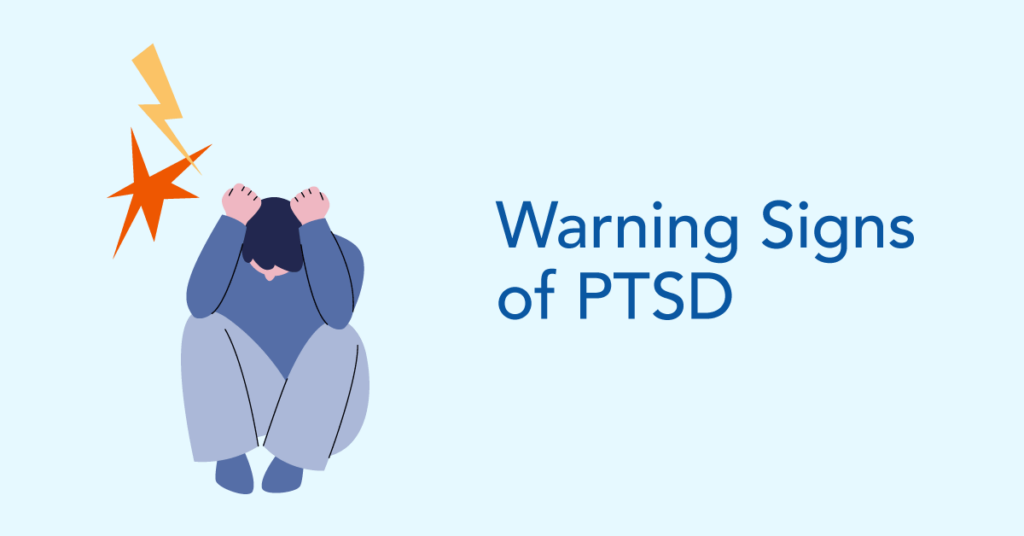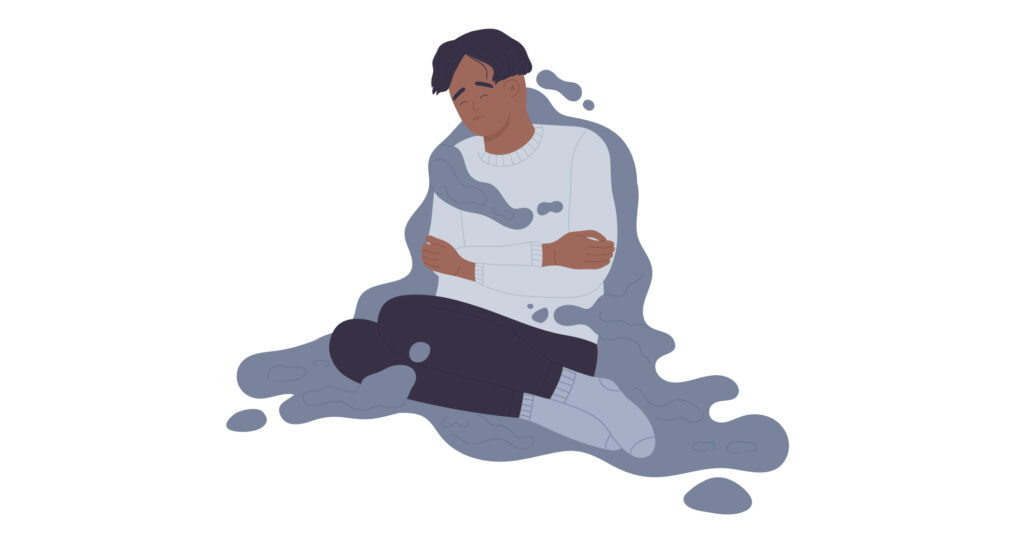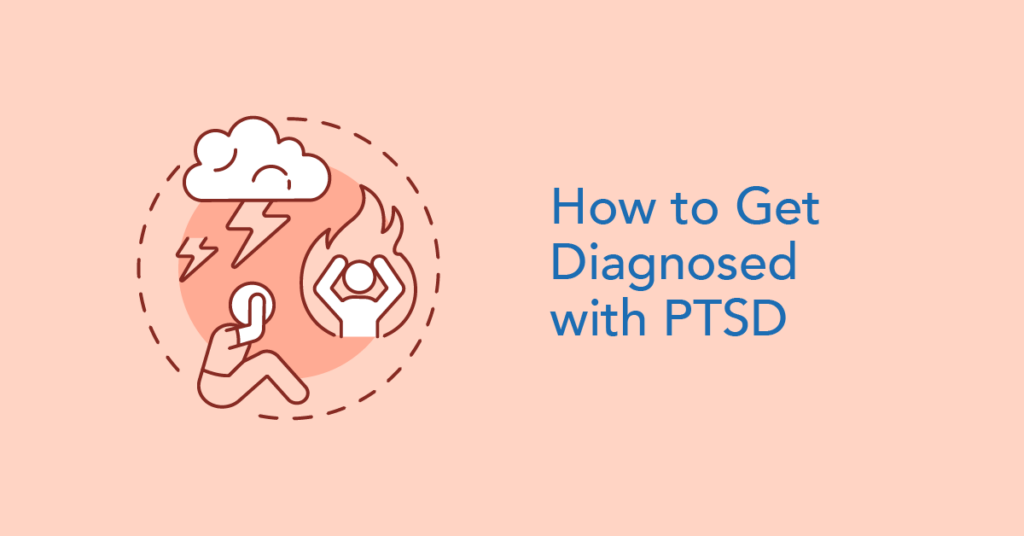An estimated 6 out of every 100 people in the United States will experience post-traumatic stress disorder, or PTSD, at some point in their lives. Fortunately, treatments are available to help those with PTSD cope with the condition, and recognizing PTSD symptoms in yourself or a loved one is the first step toward getting help.
What Is PTSD?
Post-traumatic stress disorder is a mental health disorder that develops after an event that’s shocking, dangerous or scary. This type of event is known as a trauma. Some examples of traumas that can lead to PTSD include:
- Car accidents
- Severe injuries
- Sudden, serious illnesses
- Military combat
- Witnessing or being the victim of a violent crime
- Natural disasters
- Physical abuse
- Verbal abuse
- Bullying
- Sexual abuse and assault
- Sudden, unexpected death of a loved one
Although many people who develop PTSD symptoms experience a traumatic event themselves, actually living through trauma yourself isn’t a prerequisite for post-traumatic stress disorder. It’s possible to develop the condition if a close loved one goes through a serious trauma as well.
Around 61% to 80% of people will experience at least one trauma during their lives, and experts still don’t fully understand why only a small percentage go on to develop PTSD. However, PTSD does seem to occur due to changes in hormones and brain chemicals. One theory is that in people with PTSD, the body struggles to recover from the initial stress response that took place during the traumatic event.
What Are the Symptoms of PTSD?
Mental health care providers divide PTSD symptoms into four categories. To be diagnosed with the condition, you must have at least one symptom from each of the following categories.
Intrusion
Also called reliving and reexperiencing, intrusion is when memories of the traumatic event resurface. Intrusion PTSD symptoms include:
- Having vivid nightmares related to the traumatic event
- Flashbacks, suddenly reliving or replaying the event in your mind
- Remembering the event in response to a trigger, such as a sound, smell or image
- Intrusive thoughts about the event that interfere with daily life
Avoidance
Avoidance is when you take steps to prevent intrusive thoughts, flashbacks and nightmares. Some avoidance symptoms of PTSD are:
- Isolating yourself to avoid crowds and triggers
- Discontinuing activities that remind you of the event, such as driving or visiting a certain place
- Not being able to consume media like TV shows, movies or books that describe situations similar to your trauma
- Refusing to talk about the event with others
- Withdrawing from people who encourage you to talk about the event
Changes in Mood and Thinking
If you have PTSD, you think and feel differently after the traumatic event. These changes can result in PTSD symptoms like:
- Feeling numb or being unable to experience any emotions, positive or negative
- Paranoia or feeling that the world is dangerous or evil
- Persistent guilt or shame
- Not being able to remember certain details of the event
- Blaming others for your symptoms
- No longer getting joy or satisfaction from activities you once loved
Hyperarousal
Hyperarousal is the term for being on edge or on alert. Symptoms of PTSD associated with hyperarousal include:
- Difficulty sleeping
- Inability to concentrate
- Being easily startled
- Engaging in destructive or harmful behaviors, such as excessive drinking or illicit drug use
- Irritability, which may lead to outbursts of anger
PTSD vs. Common Emotions
Being able to separate PTSD symptoms from the following common emotions can help you identify warning signs of post-traumatic stress disorder:
- Stress. Feelings of stress usually occur during and immediately after stressful events, while symptoms of PTSD can persist for months or years after trauma.
- Anger. When you experience anger, there’s usually an identifiable cause. Anger associated with PTSD may seem to come from nowhere, be misplaced or occur in response to minor inconveniences.
- Fear. Everyone feels fearful from time to time, but in people with PTSD, fear may be persistent or arise in situations that are seemingly benign.
- Guilt. After a traumatic event, experiencing some guilt is normal. Guilt associated with PTSD is more likely to be overwhelming and may lead to thoughts of self-harm or destructive or reckless behaviors.
Conditions That Are Similar to PTSD
Other mental health conditions share some PTSD symptoms.
- Acute Stress Disorder
Acute stress disorder presents with the same symptoms as PTSD and usually occurs following a traumatic event. The main difference between the two conditions is that acute stress disorder usually lasts from a few days up to 4 weeks, while PTSD persists for much longer. - Depression
Defined by persistent feelings of sadness and hopelessness, depression can occur following a traumatic event and may be accompanied by loss of interest in activities, withdrawal from others and difficulty sleeping. Unlike PTSD, depression usually doesn’t result in intrusion and avoidance symptoms. - Phobias
Phobias are intense fears of something. People with phobias may exhibit avoidance symptoms during their daily lives and experience hyperarousal symptoms when confronted by the thing they fear. However, phobias are unlikely to cause a person to relive a traumatic situation the way that PTSD does. - Panic Disorder
Panic disorder is a condition marked by recurring panic attacks. A panic attack is a short-lived episode of intense fear accompanied by physical symptoms, such as increased heart rate and rapid breathing. When reliving an event or encountering a trigger, a person with PTSD may experience similar symptoms. The difference is that panic attacks usually don’t have triggers and can affect people who haven’t experienced trauma.
What Steps to Take When Experiencing PTSD Symptoms
If the PTSD symptoms described above sound all too familiar, you don’t have to suffer in silence. Treatments and support are available in your area, and the Mental Health Hotline is here to help you get on the path to recovery. When you call our free, confidential hotline, a trained counselor will answer your call, listen to your concerns and refer you to trusted mental health care providers in your area who have experience treating PTSD. Take the first step toward breaking free of PTSD symptoms — call us now.


